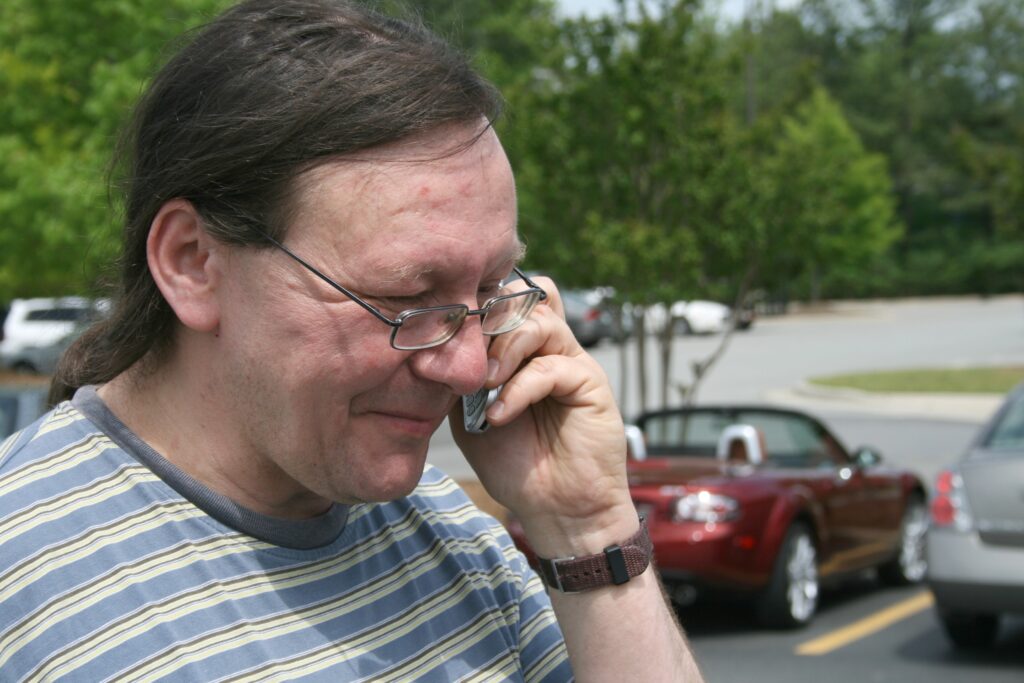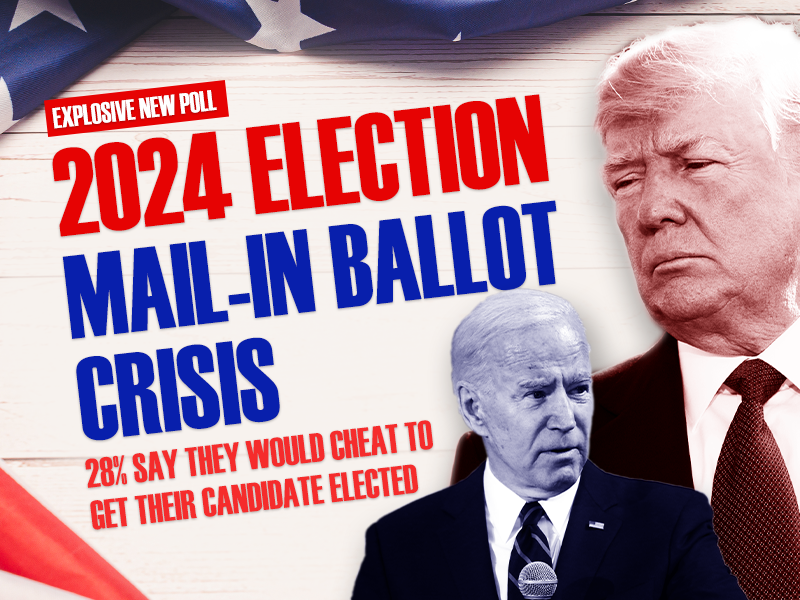A U.S. District Judge has issued a temporary injunction against provisions of a San Francisco law that would require retailers to warn customers about possible carcinogenic effects of radio frequency energy emissions from cell phones. The warnings were found to violate the First Amendment by Judge William Alsup, who declared the possibility of cell phones causing cancer is as likely as the existence of UFOs.
The San Francisco Board of Supervisors voted 10-1 for the “Cell Phone Right-to-Know” ordinance in 2011, which would have required retailers to “prominently” display an 11×17-inch poster in stores, provide every customer with an informational “fact sheet,” and paste an informational sticker on all display literature for cell phones. The injunction doesn’t prevent the city from distributing a revised fact sheet.
The ordinance prompted a legal challenge from CTIA-The Wireless Association, which filed an appeal in early November seeking to overturn the law completely. The City of San Francisco also filed an appeal in November to reinstate all provisions of the law.
‘Misleading by Omission’
The San Francisco poster featured silhouetted human figures with cell phones either near an ear or hip, with red and yellow circles depicted radiating from the phones into the figures’ bodies. Below the image, Web sites addresses for the San Francisco Department of the Environment, the Federal Communications Commission, and the World Health Organization are printed on the poster.
The fact sheet references WHO studies that have classified the energy emitted by cell phones as “a possible carcinogen,” with no mention of FCC studies concluding cell-phone frequencies present no danger to humans.
U.S. District Judge William Alsup found the overall message of the poster and the fact-sheet as “misleading by omission” because the materials imply cell phones sold in the United States don’t comply with safety limits set by the FCC.
Despite there being no declaration from the FCC that radio frequency energy emitted from cell phones is dangerous, the city of San Francisco is trying to operate under the Precautionary Principle, said Judge Alsup.
“San Francisco concedes that there is no evidence of cancer caused by cell phones,” Alsup wrote. “San Francisco relies instead on its ‘precautionary principle,’ on the WHO classification of low-level radio frequencies as a ‘possible carcinogen,’ and the argument that it should not have to wait until deaths start to occur to regulate,” Judge Alsup wrote.
‘No Reasonable Cause’
“The city of San Francisco should never have enacted this ordinance, since there is no evidence of the connection between cell phone usage and any sort of carcinogenic threat,” said Dann Mead Smith, president of the free-market Washington Policy Center think tank.
Judge Alsup’s ruling requires textual changes be made to the fact sheet. As for the poster, the graphic silhouette must be deleted, and retailers are not required to hang the poster on their walls.
“There is no reasonable cause for requiring retailers to convert their walls to billboards for the municipal message,” Judge Alsup ruled. The sticker is viewed as “unconstitutional,” and retailers will not be forced to place it on display literature.
If the corrective measures are unacceptable to the city and county of San Francisco, “then the entire program will be enjoined and San Francisco should broadcast its message at its own expense rather than compelling retailers to disseminate misleading statements,” the court order reads.
‘Stoke Unnecessary Fears’
CTIA-The Wireless Association, which sued the city and county of San Francisco over the cell phone warning law, expressed disappointment the entire ordinance wasn’t thrown out.
“CTIA respectfully disagrees with the Court’s determination that the City could compel distribution of the revised ‘fact sheet’ as discussed in the court’s opinion. CTIA is considering its options regarding further proceedings on this issue,” said John Walls, CTIA vice president for public affairs, in a press statement.
“This is a great example of what happens when you fail to incorporate science and facts,” said Smith. “You end up creating more confusion and stoke unnecessary fears.”
In his decision, Judge Alsrup noted, “San Francisco has long been bathed in RF radiation from the Sutro Tower transmitting facilities, from radar, from hand-held television remotes, from portable phones, from WiFi (vigorously promoted by San Francisco itself), from WiFi-equipped notebook computers, from cell towers, from satellites, not to mention EMF radiation from our AC power infrastructure dating back a hundred years or more. If this exposure has been so dangerous, one might ask reasonably why hasn’t it manifested itself by now? If there is a link, it must be weak or slow-acting.”.
Alyssa Carducci ([email protected]) writes from Tampa, Florida.
Internet Info
“Preliminary Injunction: CTIA-The Wireless Association v. San Francisco, 10-03224,” U.S. District Court Judge William Alsup, October 27, 2011: http://news.heartland.org/sites/default/files/CTIA%20v.%20San%20Fran.pdf
788 words
Court Grants Injunction Against Cell-Phone Warning Labels
By Alyssa Carducci
A U.S. District Judge has issued a temporary injunction against provisions of a San Francisco law that would require retailers to warn customers about possible carcinogenic effects of radio frequency energy emissions from cell phones. The warnings were found to violate the First Amendment by Judge William Alsup, who declared the possibility of cell phones causing cancer is as likely as the existence of UFOs.
The San Francisco Board of Supervisors voted 10-1 for the “Cell Phone Right-to-Know” ordinance in 2011, which would have required retailers to “prominently” display an 11×17-inch poster in stores, provide every customer with an informational “fact sheet,” and paste an informational sticker on all display literature for cell phones. The injunction doesn’t prevent the city from distributing a revised fact sheet.
The ordinance prompted a legal challenge from CTIA-The Wireless Association, which filed an appeal in early November seeking to overturn the law completely. The City of San Francisco also filed an appeal in November to reinstate all provisions of the law.
‘Misleading by Omission’
The San Francisco poster featured silhouetted human figures with cell phones either near an ear or hip, with red and yellow circles depicted radiating from the phones into the figures’ bodies. Below the image, Web sites addresses for the San Francisco Department of the Environment, the Federal Communications Commission, and the World Health Organization are printed on the poster.
The fact sheet references WHO studies that have classified the energy emitted by cell phones as “a possible carcinogen,” with no mention of FCC studies concluding cell-phone frequencies present no danger to humans.
U.S. District Judge William Alsup found the overall message of the poster and the fact-sheet as “misleading by omission” because the materials imply cell phones sold in the United States don’t comply with safety limits set by the FCC.
Despite there being no declaration from the FCC that radio frequency energy emitted from cell phones is dangerous, the city of San Francisco is trying to operate under the Precautionary Principle, said Judge Alsup.
“San Francisco concedes that there is no evidence of cancer caused by cell phones,” Alsup wrote. “San Francisco relies instead on its ‘precautionary principle,’ on the WHO classification of low-level radio frequencies as a ‘possible carcinogen,’ and the argument that it should not have to wait until deaths start to occur to regulate,” Judge Alsup wrote.
‘No Reasonable Cause’
“The city of San Francisco should never have enacted this ordinance, since there is no evidence of the connection between cell phone usage and any sort of carcinogenic threat,” said Dann Mead Smith, president of the free-market Washington Policy Center think tank.
Judge Alsup’s ruling requires textual changes be made to the fact sheet. As for the poster, the graphic silhouette must be deleted, and retailers are not required to hang the poster on their walls.
“There is no reasonable cause for requiring retailers to convert their walls to billboards for the municipal message,” Judge Alsup ruled. The sticker is viewed as “unconstitutional,” and retailers will not be forced to place it on display literature.
If the corrective measures are unacceptable to the city and county of San Francisco, “then the entire program will be enjoined and San Francisco should broadcast its message at its own expense rather than compelling retailers to disseminate misleading statements,” the court order reads.
‘Stoke Unnecessary Fears’
CTIA-The Wireless Association, which sued the city and county of San Francisco over the cell phone warning law, expressed disappointment the entire ordinance wasn’t thrown out.
“CTIA respectfully disagrees with the Court’s determination that the City could compel distribution of the revised ‘fact sheet’ as discussed in the court’s opinion. CTIA is considering its options regarding further proceedings on this issue,” said John Walls, CTIA vice president for public affairs, in a press statement.
“This is a great example of what happens when you fail to incorporate science and facts,” said Smith. “You end up creating more confusion and stoke unnecessary fears.”
In his decision, Judge Alsrup noted, “San Francisco has long been bathed in RF radiation from the Sutro Tower transmitting facilities, from radar, from hand-held television remotes, from portable phones, from WiFi (vigorously promoted by San Francisco itself), from WiFi-equipped notebook computers, from cell towers, from satellites, not to mention EMF radiation from our AC power infrastructure dating back a hundred years or more. If this exposure has been so dangerous, one might ask reasonably why hasn’t it manifested itself by now? If there is a link, it must be weak or slow-acting.”.
Alyssa Carducci ([email protected]) writes from Tampa, Florida.
“Preliminary Injunction: CTIA-The Wireless Association v. San Francisco, 10-03224,” U.S. District Court Judge William Alsup, October 27, 2011: [STK1]
[STK1]Provide URL.




